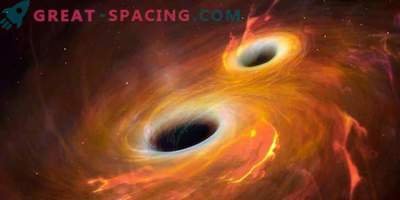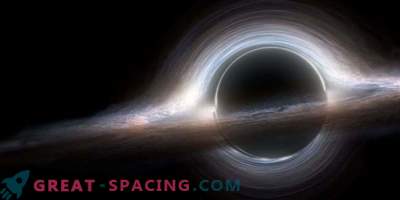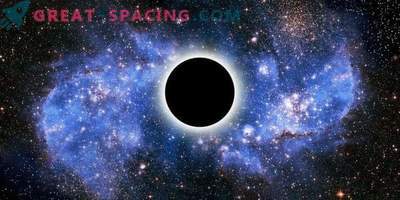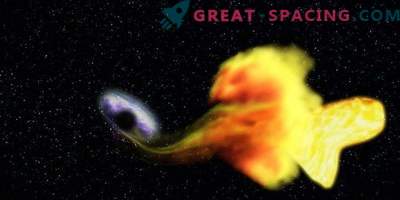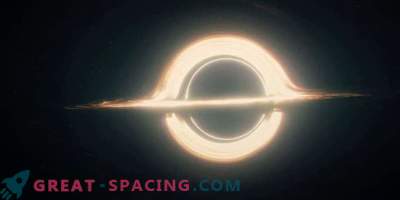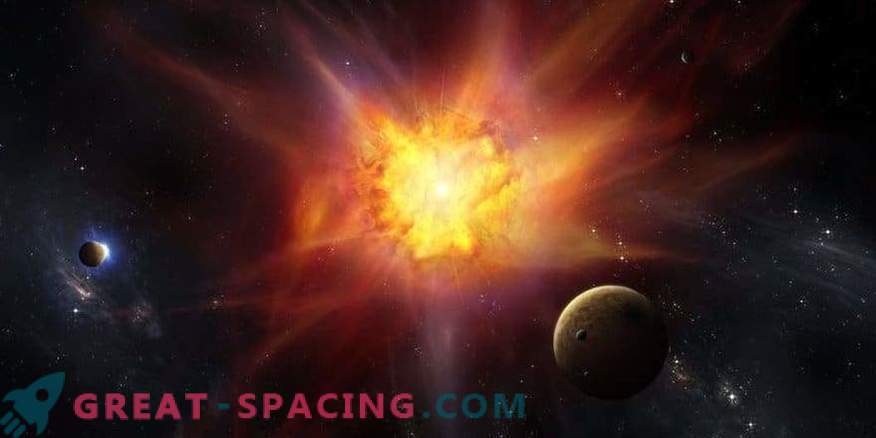
Literally the other day, researchers were able to photograph the horizon of a supermassive black hole, bringing the object out of the field of theories into reality. However, the nature and characteristics of black holes still seem strange, so science is always open to the study of alternative ideas. One of these was gravastar.
We know about black holes since 1915, when they first switched from Albert Einstein's theory to solving his equations by Karl Schwarzschild. You remember that this is an area of space and times with an incredibly powerful gravitational attraction, absorbing everything that goes beyond the horizon of events.
These objects are not directly observed because they do not release light. But we see the process of their feeding, as well as the collision of black holes (recorded gravitational waves using the LIGO apparatus). However, in 2001, a hypothesis emerged about the existence of another object that could become an alternative to black holes.
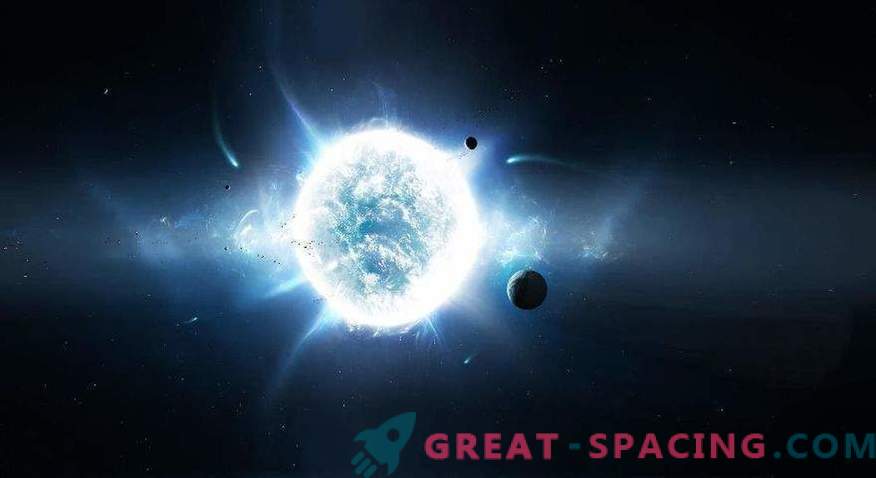
This is a mysterious gravastar. The name is created from the fusion of English words denoting "the star of the gravitational vacuum." What is it? It is an object with a core of exotic matter, surrounded by a shell of ordinary matter, which was previously part of the star. They appear when a star collapsing at the end of its existence performs a phase transition, allowing it to create exotic matter before the event horizon is formed. Such an object will be as compact as a black hole. However, here the mysterious event horizon disappears, which causes so many questions and disputes among physicists. More specifically, the hypothetical gravastar has a circular orbit trap into which photons fall. This trap is also called the light ring.
In 2001, Emil Mottola and Paul Mazur developed the hypothesis. Why does she attract attention? The fact is that in developing the theory of black holes, researchers have not yet had the values of fundamental physical limitations, such as the Planck time and the Planck length. That is why, in the study of black holes, classical physics faces its forehead with quantum. And some features of black holes lead to the need to solve problems, such as the information paradox.
In fact, Glavastar is theorized as an updated view of black holes, which already includes quantum-mechanical effects, which allow to settle disputes among scientists. Although there are also adherents of the idea that gravastars and black holes can be found in the Universe (that is, objects do not exclude the existence of each other).
Interestingly, Mottolla and Mazur developed the idea with the gravastar and came to an interesting and unusual thought. They considered that the birth of our Universe and other worlds can be explained by the artificial process of creating a gravastar. The fact is that the incoming matter from the collapsing star will pass through the central hole in a new dimension. After that, the process of perpetual expansion, which will correspond to the Big Bang model, will start. In addition, Glavastar can be used as a description of how dark energy affects the universal expansion, or why there are sudden and strong bursts of gamma rays.
It turns out that gravastars are useful tools, only this object is still at the hypothesis stage. This idea has not so many supporters, all the more so since quite recently we saw a black hole in the photo, and the gravastars have not yet fixed. However, science does not refuse to research, because doubts and questions force us to develop and improve theories in order to come to the truth one day.

